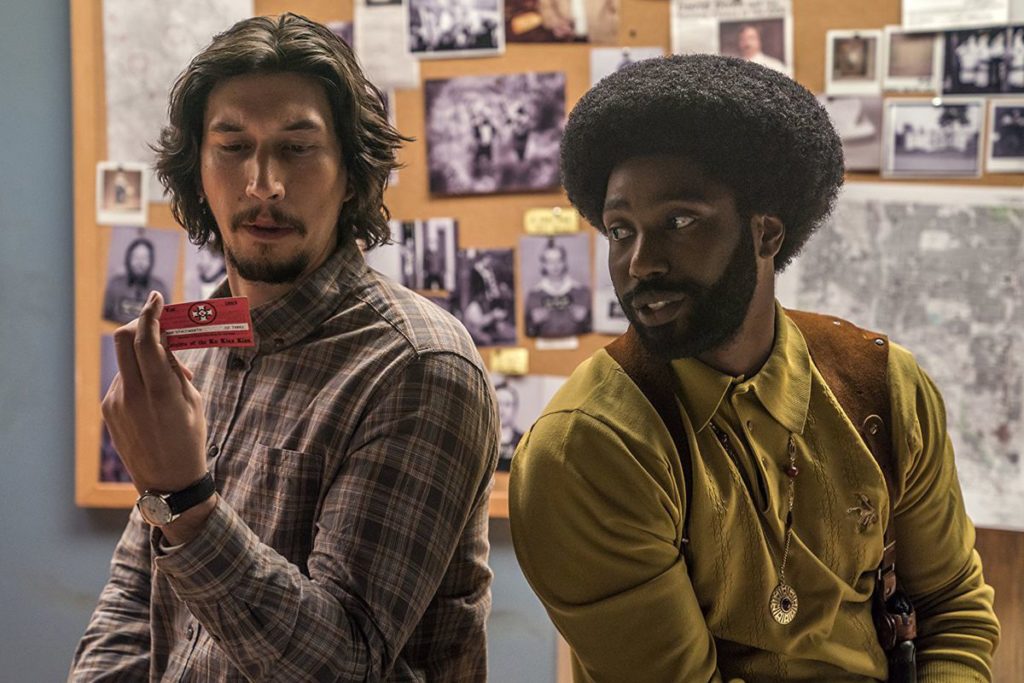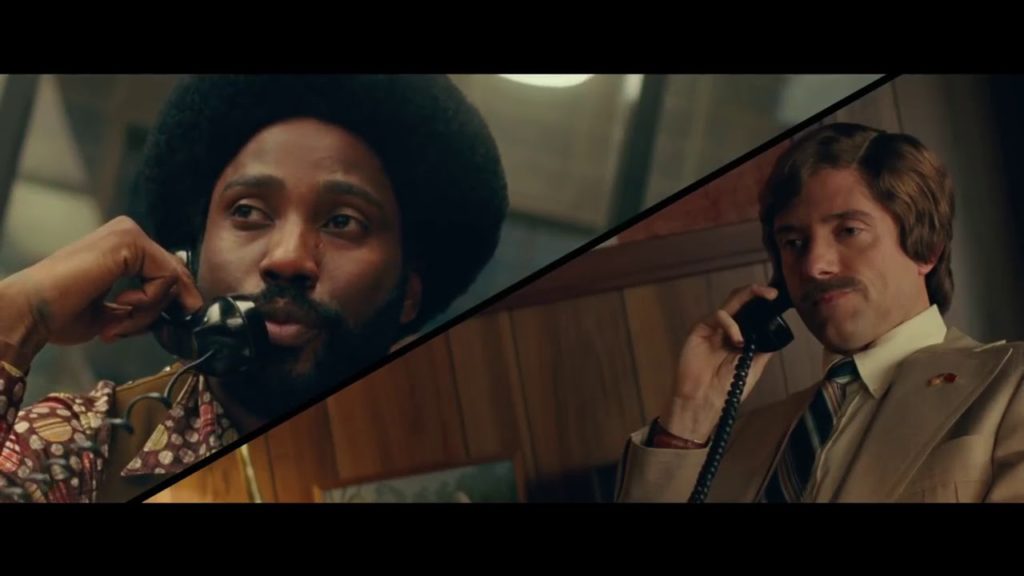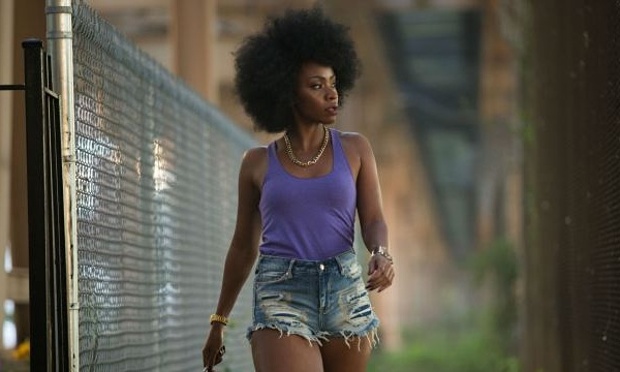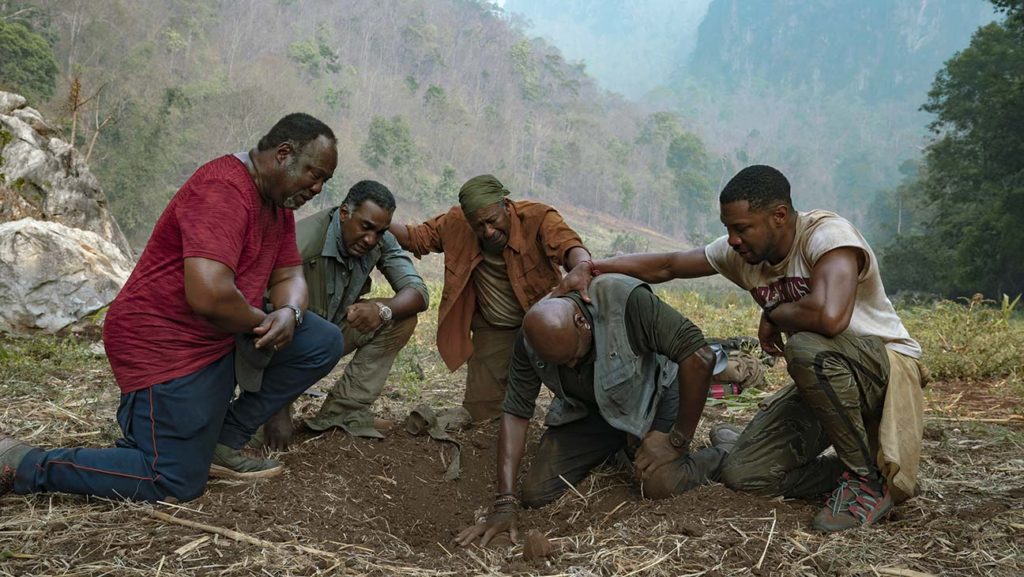
Spike Lee’s latest film, Da 5 Bloods has some compelling elements, but the movie isn’t compelling as a whole. It’s too long and drags in places. The Wife and I stopped watching after the first hour. I finished it a couple days later.
Da 5 Bloods works best as a reflection on the Vietnam War and on the Black experience in America; how Spike handles those themes is far more evocative than is the story itself.
The story: four African-American vets return to Vietnam fifty years after their service. They are seeking to recover the remains of their beloved commanding officer. What they keep to themselves, is that he is buried with a fortune in gold bars. This quest is remarkably similar to Treasure of the Sierra Madre (and Spike even throws in the most famous quote from Sierra Madre).
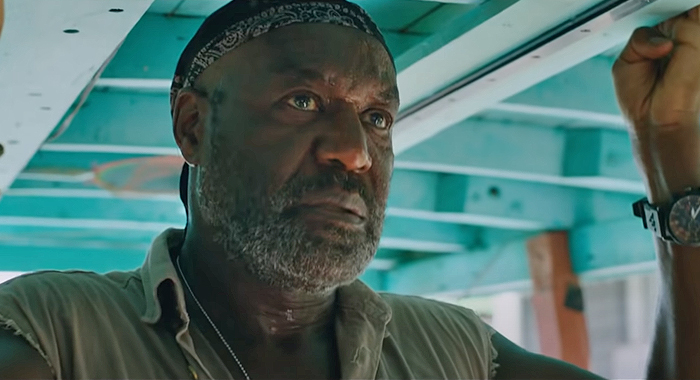
The best reason to watch Da 5 Bloods are the performances of Delroy Lindo and Clarke Peters. Lindo has the best role of his craeer – as a man who is tormented by PTSD from wartime guilt and a family tragedy back home.
The old actors play themselves in the fifty-years-before flashback scenes. I suspended disbelief, but it decidedly did not work for The Wife.
Besides Delroy Lindo’s searing monologues, the highlights of the movie are an unexpected family reunion for the Clarke Peters character and a gripping sequence in a minefield.
The supporting cast is excellent, especially Melanie Thierry, Paul Walter Hauser, Jean Reno, Le Y Tan and first time actress Sandy Huong Pham, Jonathan Majors, so great in The Last Black Man in San Francisco, is fine but wasted in an underwritten role.
Da 5 Bloods does showcase an impressive selection of soul shakes. Spike also drops in has signature double dolly shot in the epilogue, to effetively cap the Clarke Peters story line.
One of the best things about Da 5 Bloods is the soundtrack; I can’t get enough of Marvin Gaye’s What’s Going On, and neither can Spike. Time Has Come Today by the Chambers Brothers is underused in the movie, but dominates the great trailer embedded below (and the trailer is better than the movie).
Da 5 Bloods is streaming on Netflix.

